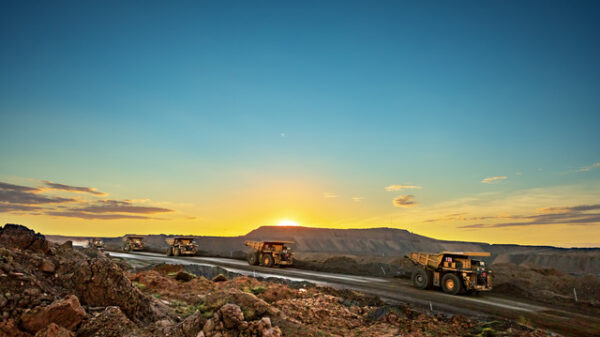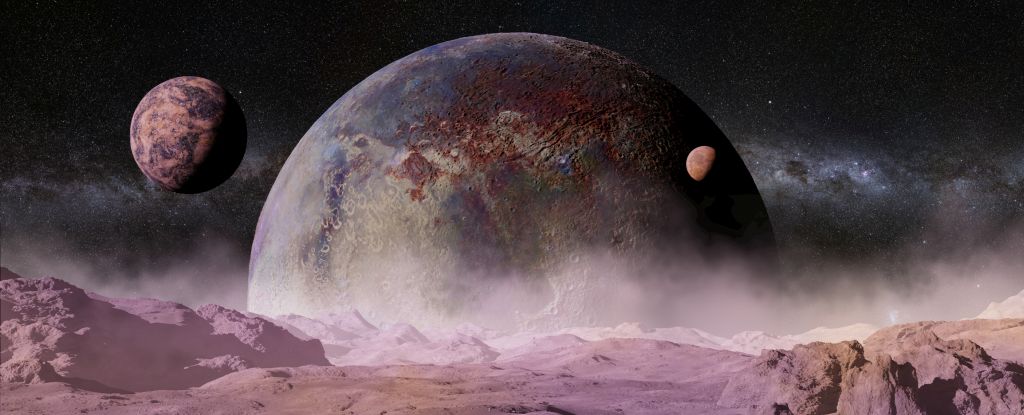A recent study indicates that rogue planets, which drift freely through the galaxy without a host star, may have the capacity to generate their own systems of moons. Research utilizing data from the James Webb Space Telescope (JWST) has unveiled that these planetary-mass objects, each weighing between five and ten times that of Jupiter, exhibit disks rich in crystalline silicate. This discovery mirrors the processes seen in forming planetary systems around nascent stars.
Observational astronomer Aleks Scholz from the University of St Andrews in the UK stated, “These studies show that objects with masses comparable to those of giant planets have the potential to form their own miniature planetary systems.” He elaborated that such systems could resemble those in our own Solar System, albeit scaled down significantly in mass and size. While the existence of these systems remains to be confirmed, the implications are profound.
New Insights into Free-Floating Planetary Objects
In recent years, JWST has identified a unique category of celestial bodies termed free-floating planetary-mass objects (FFPMOs). These objects, often found in dense regions of star formation, possess a mass up to ten times that of Jupiter and exist independently of any stars. Their environments are typically characterized by intense stellar activity, which could disrupt the formation of planetary systems. Alternatively, these FFPMOs might have formed in isolation, similar to how stars are born.
Previous studies indicated that FFPMOs could be surrounded by disks of material, analogous to those found around young stars. In stars, these disks are remnants of the nebular clouds from which they arise, facilitating the formation of planets. The presence of such disks around FFPMOs suggests a potential for similar planetary formation processes.
A research team led by astrophysicist Belinda Damian from the University of St Andrews aimed to explore the nature of these disks. By analyzing JWST observations of eight FFPMOs in the Orion Nebula, they discovered signs of hydrocarbon and silicate grains, indicating dust growth and crystallization. This evidence suggests that FFPMOs could eventually develop extensive systems of moons and possibly rings, reminiscent of the gas giants in our Solar System, such as Jupiter and Saturn.
Implications for Planetary System Formation
The findings, published in the journal Astronomy & Astrophysics, raise intriguing questions about the formation of planetary systems. According to Damian, “These discoveries show that the building blocks for forming planets can be found even around objects that are barely larger than Jupiter and drifting alone in space.” This challenges the long-held notion that planetary formation is exclusively tied to stars, suggesting that it may also occur around these isolated, starless worlds.
As scientists continue to investigate the nature of FFPMOs, the potential for discovering systems of moons and rings around these rogue planets opens new avenues in the understanding of cosmic structure and formation. While concrete evidence of moons outside the Solar System has yet to be observed, the research offers a tantalizing glimpse into the possibilities that exist in the vast expanse of our galaxy. The ongoing exploration of these celestial phenomena may reshape our comprehension of how planetary systems evolve in the universe.































































